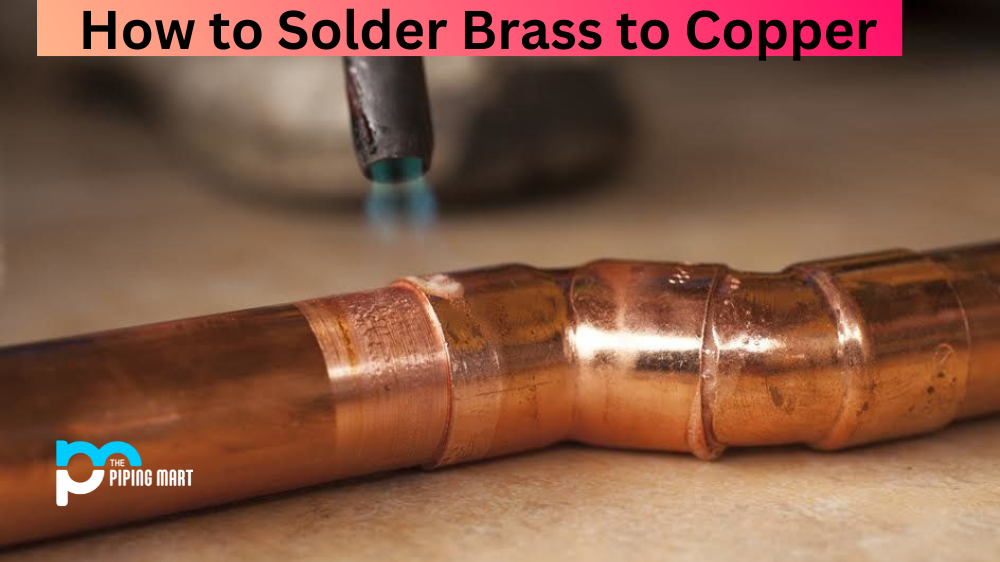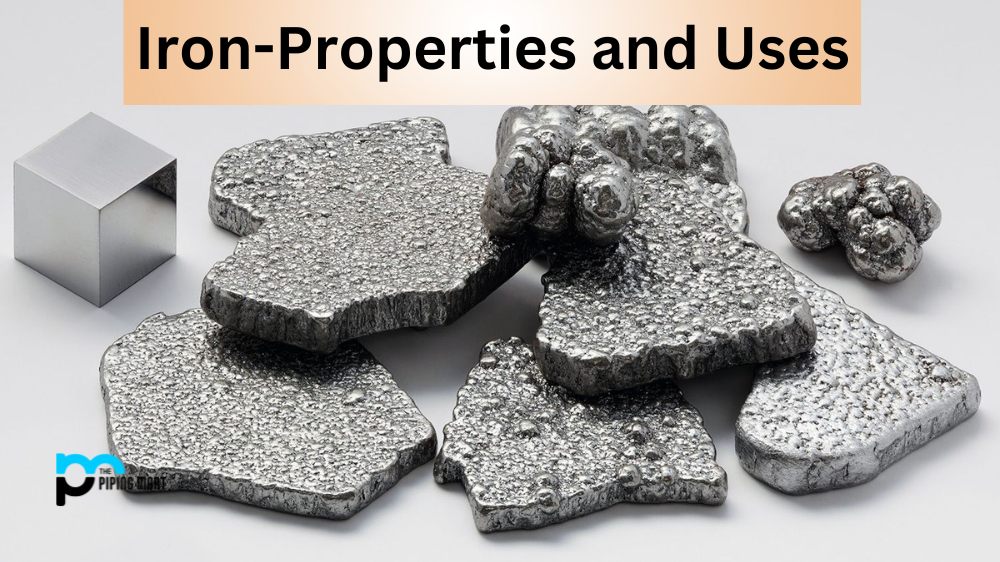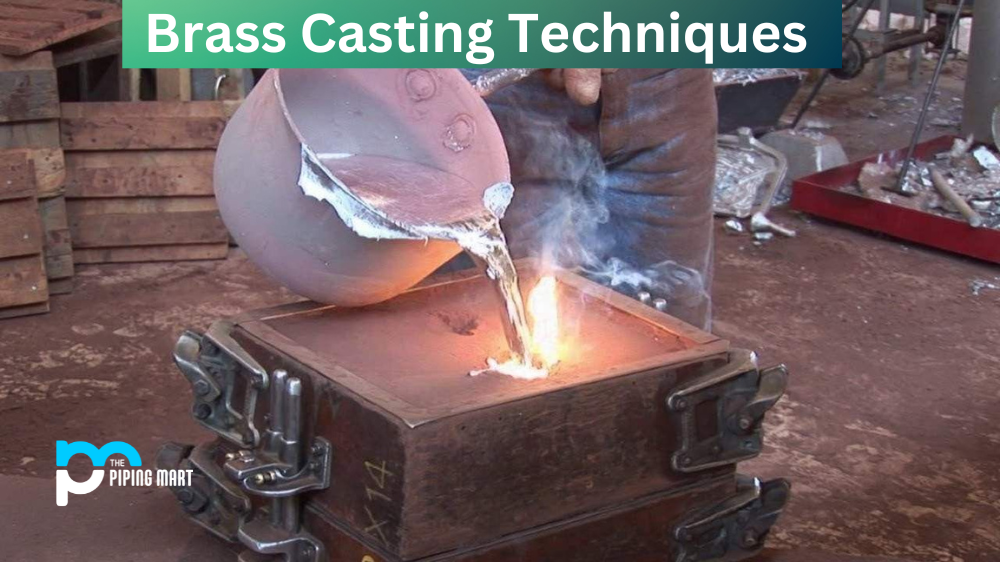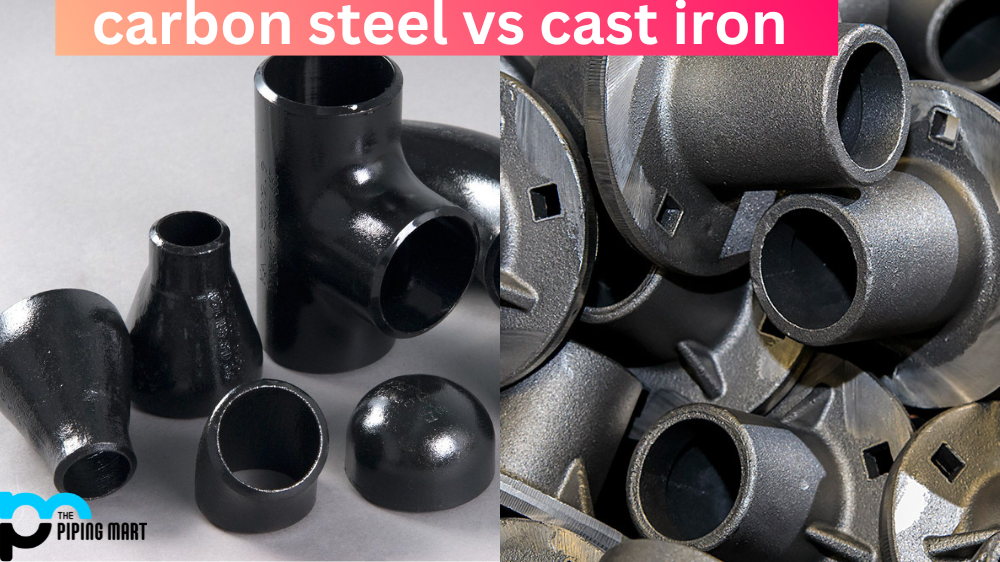Soldering is a skill that’s essential for any handy person. Knowing how to properly solder brass to copper can help you tackle a wide range of projects. In this blog, we will cover the basics of soldering brass to copper so that you can get the job done right.
Basics of Soldering Brass To Copper
Soldering requires patience and precision. It is important to prepare your materials before starting the process. Make sure you have all the necessary tools on hand, such as a soldering iron, flux, rosin-core solder, and sandpaper. Additionally, ensure that both the brass and copper pieces are clean and free from dirt or oil before attempting any soldering. Cleaning the surfaces with sandpaper will help create an optimal bond between the two metals.
Heating Up Your Materials
Once your materials are prepared, it’s time to heat up your materials for soldering. Start by heating up your soldering iron, so it reaches around 400°F (205°C). Then apply some flux onto the area where you want to add solder – this will help maintain good contact between the two metals as well as create a strong bond when heated up. Apply some rosin-core solder onto the joint and wait until it melts into place; do not move or adjust anything until it has finished cooling down completely. If there are any gaps in the material where oxidation may occur due to temperature changes, then use additional flux in those areas while heating up your material again with your soldering iron. Finally, use a damp cloth or sponge to cool down any excess heat produced during the process – this will also remove residual flux from around the joint area, which could cause corrosion over time if not removed correctly!
Finishing Up
Once everything has cooled down completely, you should be left with a strong bond between your brass and copper pieces that should last for years! It’s important to always test out any electrical connections after soldering – this way; you can make sure everything is working correctly before proceeding further with your project or repairs. Additionally, keep in mind that using too much heat while soldering may damage either one or both of your materials; always stay within recommended temperature ranges when possible!
Conclusion:
Soldering is a skill that takes practice but, once mastered, can be used for many different applications, both professionally and at home. Taking care when preparing materials before starting a soldering project ensures success; having all the right tools on hand makes things even easier! By following the steps outlined here today, you should be able to quickly and easily solder brass to copper without any issues! Happy Soldering!

Pipingmart is a B2B portal that specializes in metal, industrial and piping items. Additionally, we share the latest information and information about materials, products and various types of grades to assist businesses that are involved in this business.




